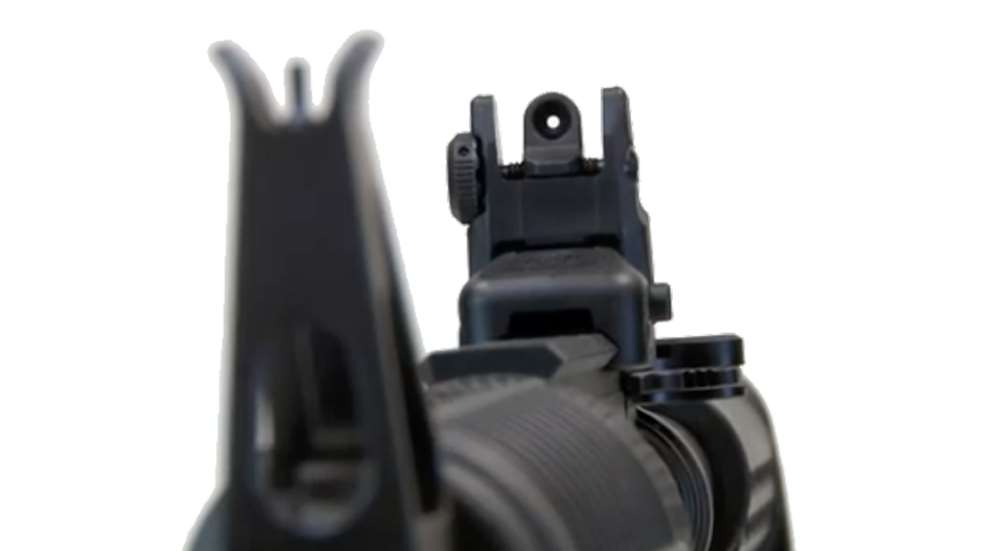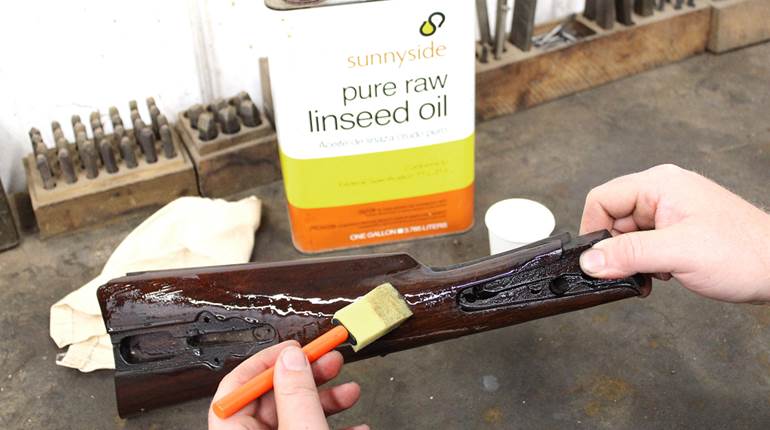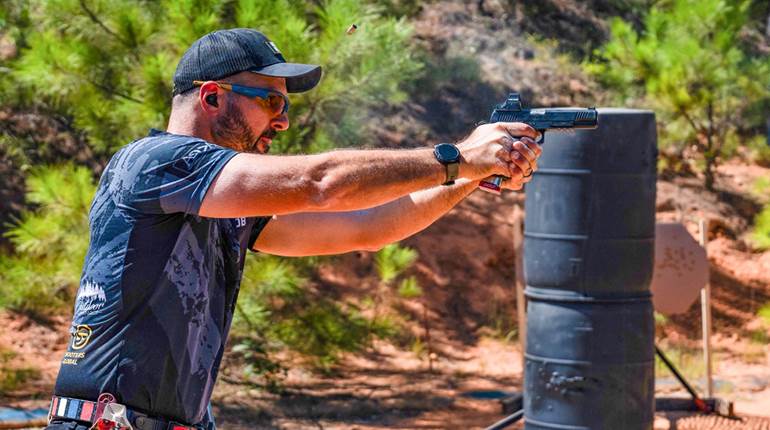
Adjusting iron sights at the range or in the field often induces confusion and can lead to wasted ammunition and missed shots. A simple acronym, FORS, can help you remember that, when it comes to changing where your shot strikes, the Front sight should be moved in the Opposite direction and the Rear sight should be moved in the Same direction as your intended point of impact. Once again, to move your point of impact on the target, just remember FORS: Front sight Opposite, Rear sight Same.





































